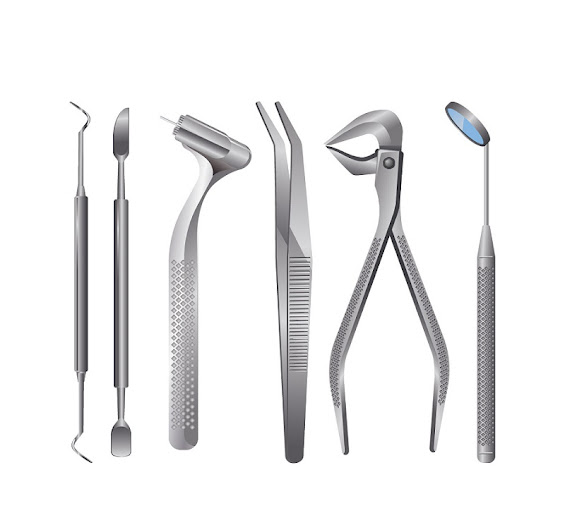The flavor and fragrance (F&F) market is a
global sensory symphony, playing a vital role in enhancing the products we
consume and the experiences we cherish. From the zesty zing of your morning
beverage to the calming aroma of your favorite lotion, flavors and fragrances
weave their magic across industries. But who are the key players orchestrating
this symphony of scents and tastes? Let's delve into the flavor and fragrance
market share, exploring the major industry participants and the factors driving
this multi-billion-dollar market.
Market in Motion: A Global
Fragrance
The global flavor
and fragrance market is estimated to be a USD 35
billion behemoth, with projections indicating continued growth
to reach a staggering USD 44.6 billion by 2030.
A Market Steeped in Variety
The F&F market encompasses a vast array of products, broadly
categorized into two segments:
- Flavor: This segment includes flavor concentrates,
extracts, essential oils, and other ingredients used to enhance the taste
and aroma of food and beverages.
- Fragrance: This segment encompasses perfumes, colognes,
air fresheners, and other products that add a pleasant scent to consumer
goods.
The Global Flavor & Fragrance Market Share Landscape
The global F&F market is a complex ecosystem with a diverse range of
players. Here's a breakdown of the estimated market share for some of the
leading companies, based on various market research reports (statistics may
vary slightly depending on the source):
- Firmenich: This Swiss multinational, known for its
luxury fragrances, holds a significant market share, estimated to be
around 8-10%.
- Givaudan: Another Swiss fragrance and flavor giant,
Givaudan boasts a market share of approximately 8-10%.
- IFF
(International Flavors & Fragrances): This American company, a major player in
both flavors and fragrances, is estimated to hold a market share of 7-9%.
- Symrise: A German fragrance and flavor company,
Symrise is estimated to have a market share of around 6-8%.
- Takasago: This Japanese company, a leader in flavors
and fragrances for the Asian market, holds an estimated market share
of 4-6%.
Beyond the Big Players: A Symphony of Niche Players
While these giants
dominate the market share, there's a vibrant ecosystem of niche players
catering to specific needs. These players focus on:
- Organic and Natural Flavors and
Fragrances: Capitalizing on the growing
demand for natural ingredients, these companies offer ethically sourced
and sustainable solutions.
- Regional Flavors and Fragrances: Catering to local palates and preferences,
these players provide unique flavor and fragrance profiles specific to
certain regions.
- Customizable Flavors and
Fragrances: Offering bespoke solutions,
these companies cater to the specific needs of individual clients in the
food and beverage or personal care industries.
Factors Shaping the Flavor & Fragrance Market Share
Several key factors are influencing the global F&F
market share and shaping the competitive landscape:
- Rising
Disposable Income: As disposable incomes
increase globally, consumers are increasingly seeking out premium food and
beverage products with unique flavor profiles and luxurious fragrances.
- Demand
for Natural Ingredients: A
growing preference for natural and organic ingredients in both flavors and
fragrances is driving market share towards companies that can provide
these options.
- Emerging
Markets: Developing economies in
Asia Pacific are witnessing a surge in demand for F&F products,
creating opportunities for both established players and regional
specialists.
- Sustainability
Concerns: Consumers are becoming more
environmentally conscious, placing pressure on F&F companies to adopt
sustainable practices and eco-friendly packaging solutions.
The Final Note: A Multi-Sensory Marvel
The global flavor
and fragrance market share is a complex and ever-evolving landscape. By
understanding the key players, the factors shaping market dynamics, and the
trends driving innovation, businesses can position themselves for success in
this dynamic and sensory-rich industry.






